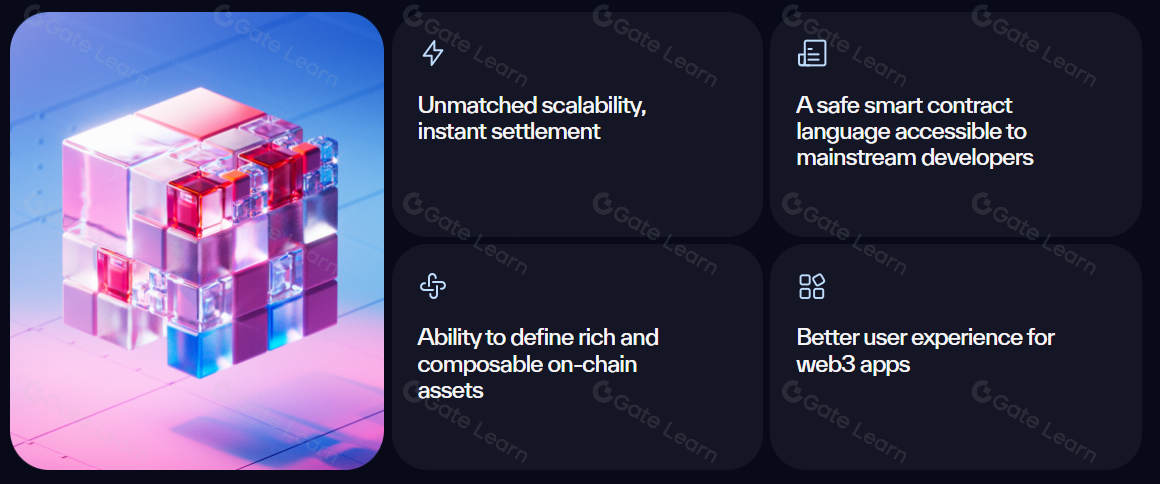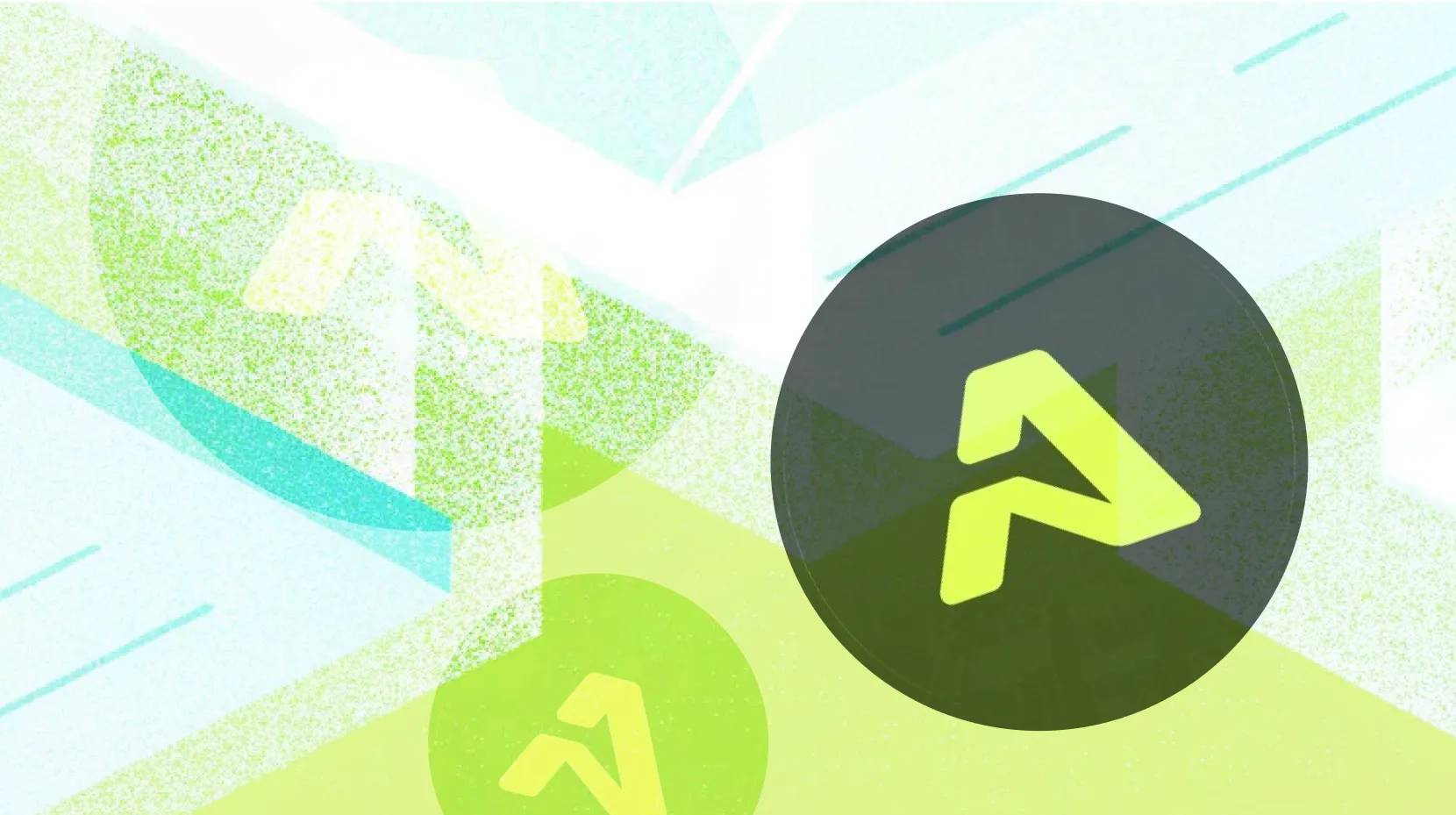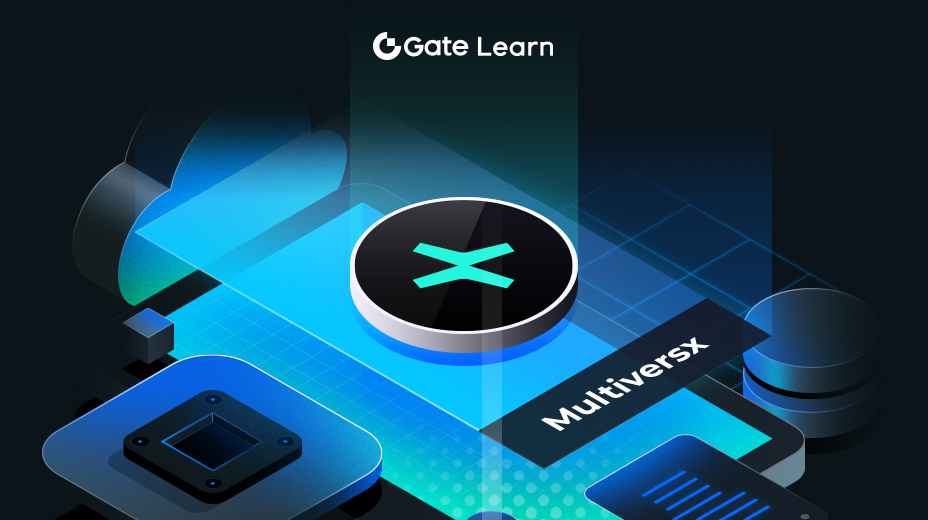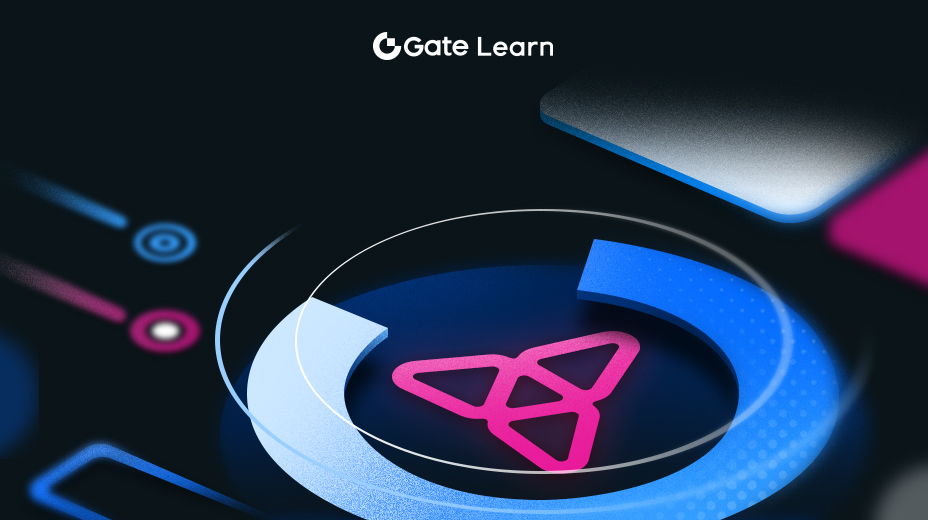SUI 的架构和技术基础
本模块将深入探讨 SUI 区块链的技术细节,重点介绍其共识机制、并行处理能力以及用于分布式交易执行的 Pilotfish 系统。
Move 编程语言
Move 最初是为 Facebook 的 Diem 项目开发。它是一种静态类型、面向资源的编程语言,旨在确保数字资产的安全高效处理。在 SUI 区块链上,此语言对于创建注重安全和效率的智能合约非常重要,它强调资源安全性,确保资产的管理过程中不会出现重复、意外重用或意外销毁等问题,尤其关注资源的完整性,这使得 Move 语言特别适用于金融应用和复杂的去中心化应用 (dApp)。

Move 的模块化设计允许开发人员创建可重用的模块,这些模块可以发布并集成到其他项目中,这与 SUI 的对象中心数据模型保持一致,最终为智能合约开发提供了一个统一的框架。
在技术方面,Move 的执行模型涉及在沙盒环境中运行 Move 程序,从而将它们彼此隔离以及与底层系统隔离,以此增强安全性。
Narwhal 和 Bullshark 组件
SUI 的共识机制包含两个组件:Narwhal 和 Bullshark。第一个组件用作快速处理的内存池,通过确保交易数据随时可用进行处理来解决内存池拥堵的挑战。此组件通过最小化交易处理延迟来帮助维持网络效率。Bullshark 负责排序交易并使用拜占庭容错 (BFT, Byzantine Fault Tolerance) 机制确保其有效性,验证交易并将它们分布在整个网络上,维护 SUI 区块链的安全性和可靠性。
Narwhal 和 Bullshark 共同提高了 SUI 基于权益证明 (PoS) 共识机制的可扩展性、效率和安全性。
可扩展性和性能

SUI 的基础设施通过其网络设计来支持低廉且可预测的交易费用,确保即使需求增加,成本也能保持可控,进而使该区块链适用于多种应用。无论是去中心化金融 (DeFi) 平台、游戏还是其他 dApp,可预测的费用结构通过提供具有成本效益的交易处理解决方案,鼓励更广泛的采用。
SUI 通过提供能够处理大量交易的基础设施,允许开发人员创建复杂应用程序,而无需担心网络瓶颈问题。这种灵活性对于基于区块链的解决方案的增长和可扩展性至关重要,因为它可以确保应用程序根据用户需求、用户体验和成本期望进行扩展。
水平扩展

SUI 可以通过随着验证者及其处理能力的增加成比例地增加网络容量来实现水平扩展,这种方法可确保即使在高流量时期 gas 费用仍然保持较低水平,有效地解决了其他区块链中最常见的可扩展性瓶颈问题。
通过添加更多机器来处理增加的负载可以提高网络的性能和灵活性,并防止硬件单一化问题(少数拥有强大机器的用户最终控制整个网络)。相反,它鼓励创建更大的验证者生态系统,最终有助于降低中心化风险,提供更安全的网络。
通过降低成为验证者的门槛,SUI 鼓励更多用户参与网络安全和去中心化,提供一种包容性方法,既能增强网络安全性,又能促进更活跃的开发者和用户社区。
水平扩展的另一个重要亮点是,它确保网络可以随着需求的增加有机地增长。SUI 的水平扩展模型中有效利用验证者资源有助于网络的环境可持续性,因为通过优化现有资源的使用并尽量减少对过高计算能力的需求,网络可以降低能源消耗。
共识机制
SUI 使用权益证明 (PoS) 共识机制,验证者 (Validadors) 根据他们所质押的 SUI 代币数量提议和验证新区块。恶意行事或未能履行职责的验证者将面临失去其质押代币的风险,这确保他们会为了网络的最佳利益行事。
委托人 (Delegator) 可以通过将他们的代币委托给验证者来参与共识过程。作为回报,他们可以获得一部分奖励,这种机制通过在参与者之间分配控制权来确保网络安全和去中心化,允许没有资源运行验证者节点的用户仍然可以为网络安全做出贡献并获得奖励。
PoS 共识机制通过确保拥有网络大量权益的验证者可以提议和验证区块来增强 SUI 网络的安全性,降低攻击风险,因为恶意行为者需要获取大量 SUI 代币才能影响共识过程。通过依赖质押代币而非计算能力,SUI 可以比工作量证明 (PoW, Proof-of-Work) 系统更快、更低能耗地达成共识。随着网络的增长,可以添加更多验证者来分担负载并保持高性能。
亮点
- SUI 通过 Narwhal 和 Bullshark 组件实现共识,快速交易处理和拜占庭容错机制提高了网络吞吐量和可靠性。
- SUI 可以同时执行多个交易,通过并行处理提高效率并降低网络拥堵。
- Pilotfish 系统将交易执行分散到多个机器上,通过验证者内部的分片技术实现可扩展且高效的交易处理。
- 对象中心数据模型将所有实体视为具有特定属性的对象,通过清晰的所有权和控制机制简化数据管理并增强安全性。
- 水平扩展性确保网络容量随着验证者数量的增加而增长,从而保持低廉的 gas 费用并防止硬件单一化问题,支持去中心化和弹性的网络。





